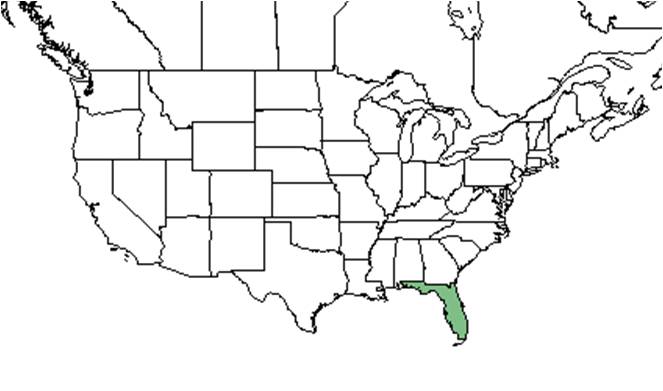Difference between revisions of "Clitoria fragrans"
KatieMccoy (talk | contribs) (→Distribution) |
KatieMccoy (talk | contribs) (→Taxonomic notes) |
||
| Line 20: | Line 20: | ||
Common name: sweetscented pigeonwings | Common name: sweetscented pigeonwings | ||
==Taxonomic notes== | ==Taxonomic notes== | ||
| + | The common name, pigeon wings, is due to the flowers' bird-like appearance <ref name="FWS"/>. | ||
| + | |||
==Description== | ==Description== | ||
<!-- Basic life history facts such as annual/perrenial, monoecious/dioecious, root morphology, seed type, etc. --> | <!-- Basic life history facts such as annual/perrenial, monoecious/dioecious, root morphology, seed type, etc. --> | ||
Revision as of 14:50, 8 December 2015
| Clitoria fragrans | |
|---|---|

| |
| Scientific classification | |
| Kingdom: | Plantae |
| Division: | Magnoliophyta - Flowering plants |
| Class: | Magnoliopsida - Dicotyledons |
| Order: | Fabales |
| Family: | Fabaceae ⁄ Leguminosae |
| Genus: | Clitoria |
| Species: | C. fragrans |
| Binomial name | |
| Clitoria fragrans Small | |

| |
| Natural range of Clitoria fragrans from USDA NRCS Plants Database. | |
Common name: sweetscented pigeonwings
Contents
Taxonomic notes
The common name, pigeon wings, is due to the flowers' bird-like appearance [1].
Description
C. fragrans is a perennial, erect, suffrutescent herb that is found in scrub and sandhill habitats along the Lake Wales Ridge (Lewis 2007; Small 1926). It is distinguishable from other legumes by its non-twining habit, prominent stipules, three foliate leaves, and resupinate flowers (Frantz 1977; Lewis 2007). It has both chasmogamous and cleistogamous fowers [1].
Distribution
It is endemic to the Lake Wales Ridge and is an endangered species in Florida [2]. The distribution of C. fragrans is limited by the rapidly disappearing scrub habitat due to agriculture and residential development[1].
Ecology
Habitat
In the Coastal Plain in Florida, C. fragrans has been found in turkey oak scrub sand ridges and between citrus groves (FSU Herbarium). Associated species include Quercus, Gordonia, Vitis and Pinus (FSU Herbarium).
Phenology
Flowers and fruits have been observed May and June (FSU Herbarium).
Seed dispersal
Seed bank and germination
Fire ecology
Pollination
The following Hymenoptera families and species were observed visiting flowers of Clitoria fragrans at Archbold Biological Station (Deyrup 2015):
Megachilidae: Megachile petulans
Use by animals
Diseases and parasites
Conservation and Management
Cultivation and restoration
Photo Gallery
References and notes
Deyrup, M.A. and N.D. 2015. Database of observations of Hymenoptera visitations to flowers of plants on Archbold Biological Station, Florida, USA.
Florida State University Robert K. Godfrey Herbarium database. URL: http://herbarium.bio.fsu.edu. Last accessed: October 2015. Collectors: R.K. Godfrey, O. Lakela, Grady W. Reinert, John K. Small, Edgar T. Wherry. States and Counties: Florida: Highlands, Polk. Compiled by Tall Timbers Research Station and Land Conservancy.